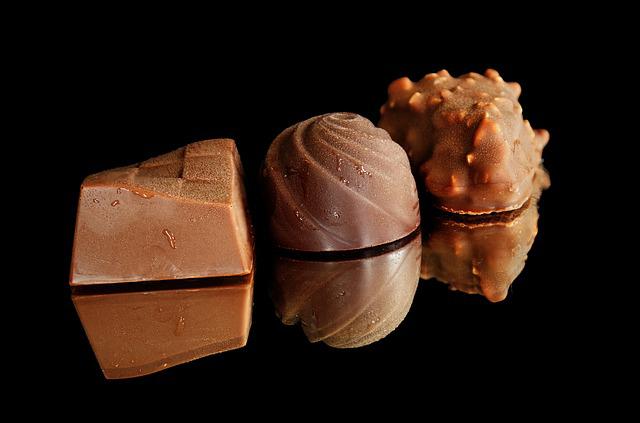Oils rich in polyunsaturated fatty acids (PUFAs) have been acknowledged to have great health benefits. For the last three decades, human nutrition research has been heavily focused on establishing the beneficial aspects of PUFA oils on human physiological functions and huge volumes have been written. The essential PUFAs of the n-3 and n-6 families are the precursors of prostanoids and eicosanoids of a variety of structures and functions.
Shukla, V.K.S.: Extending the shelf life of cosmetic products through novel stabilization of exotic butters and oils
One of the principal reasons for use of a lipid material in cosmetics is its emolliency. The term »emollient« is of Latin origin meaning a material capable of smoothening dry and wrinkled skins and maintaining these conditions for a certain period of time. Water alone is capable of exhibiting such effects but the effects are short lived due to its quick evaporation.
Shukla, V. K. S.: Novel introduction of omega-3 oils for enhancing the value of cosmeceuticals
Oils and butters from various natural sources form an important raw material for almost all cosmetic products which can ad as vehicles for application of oils rich in essential polyunsaturated fatty adds on skin. Though the use of omega 6 linoleic acids in dermatological research is well documented, use of omega 3 linolenic acid seems to have received less attention.





